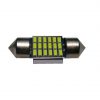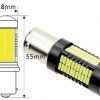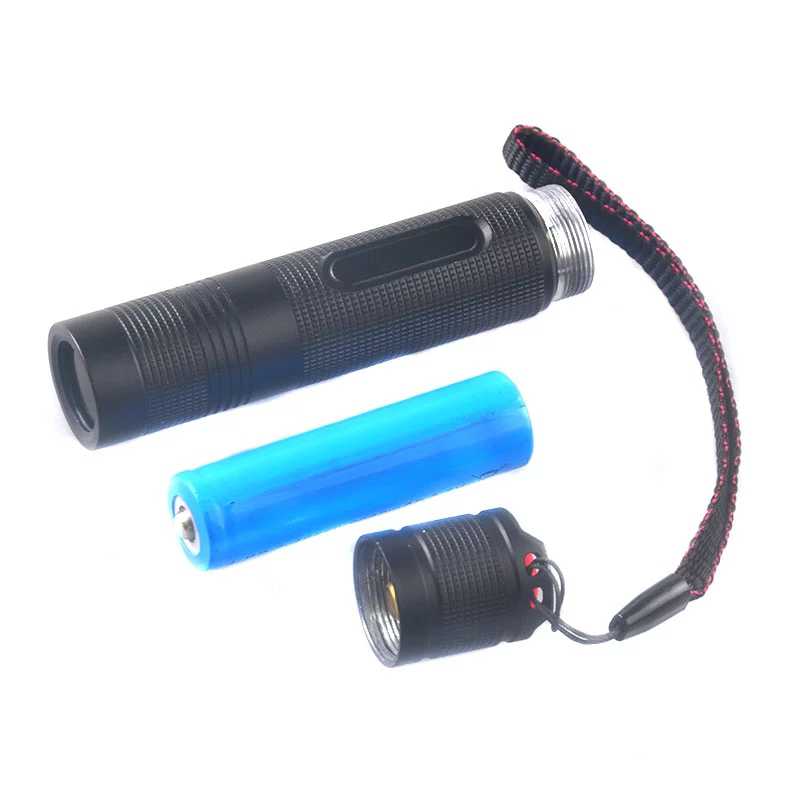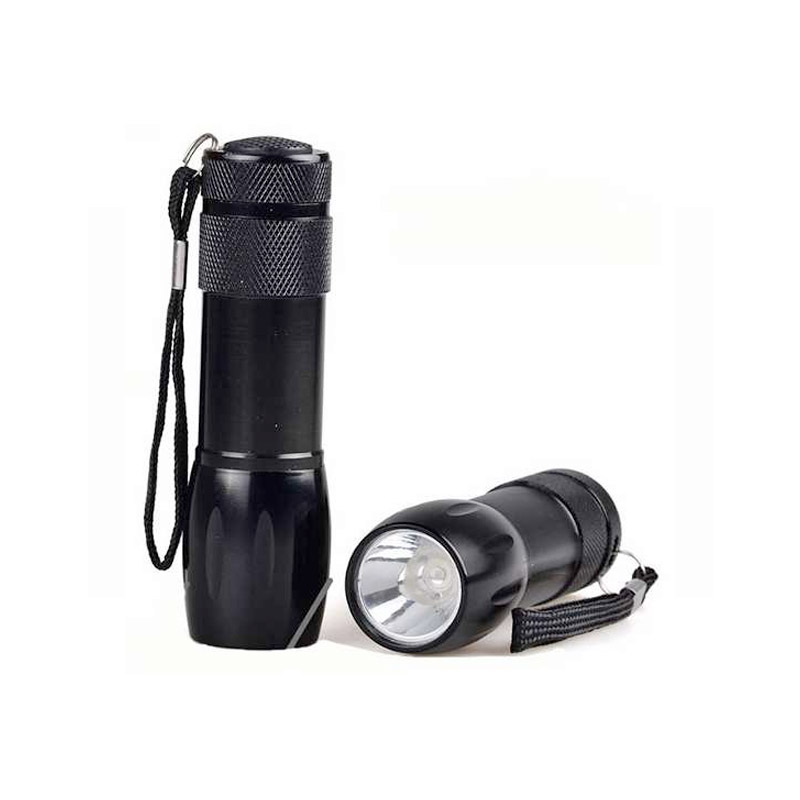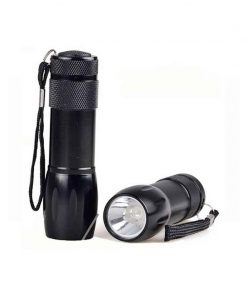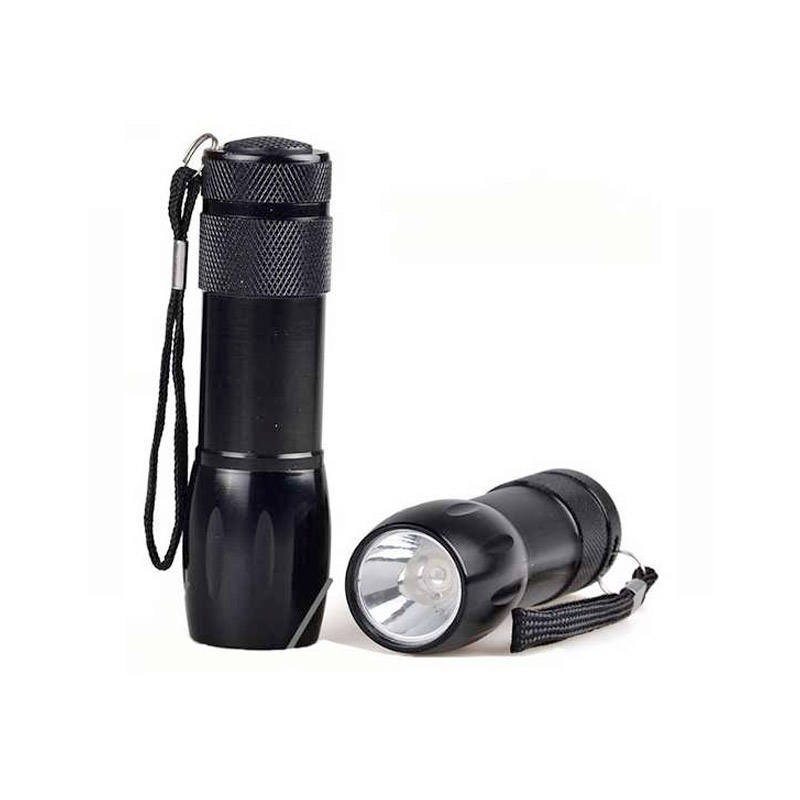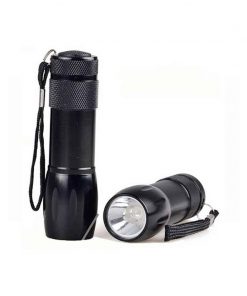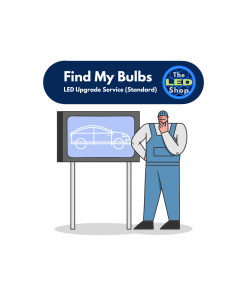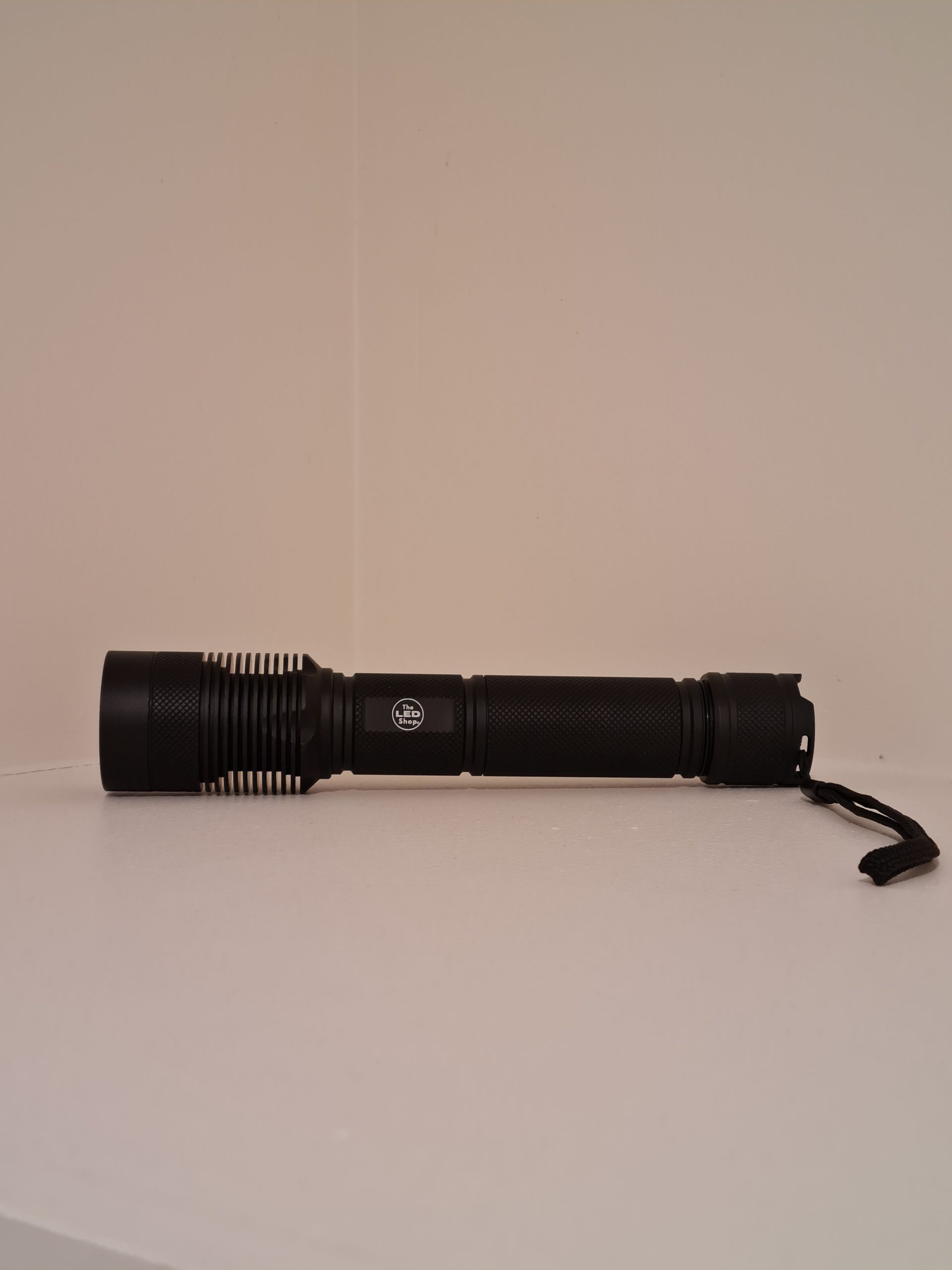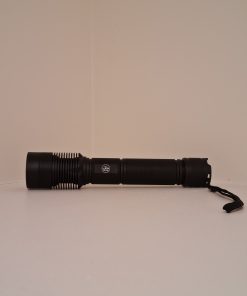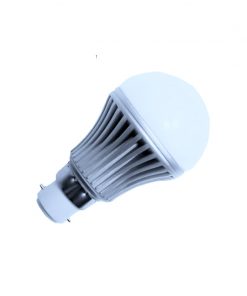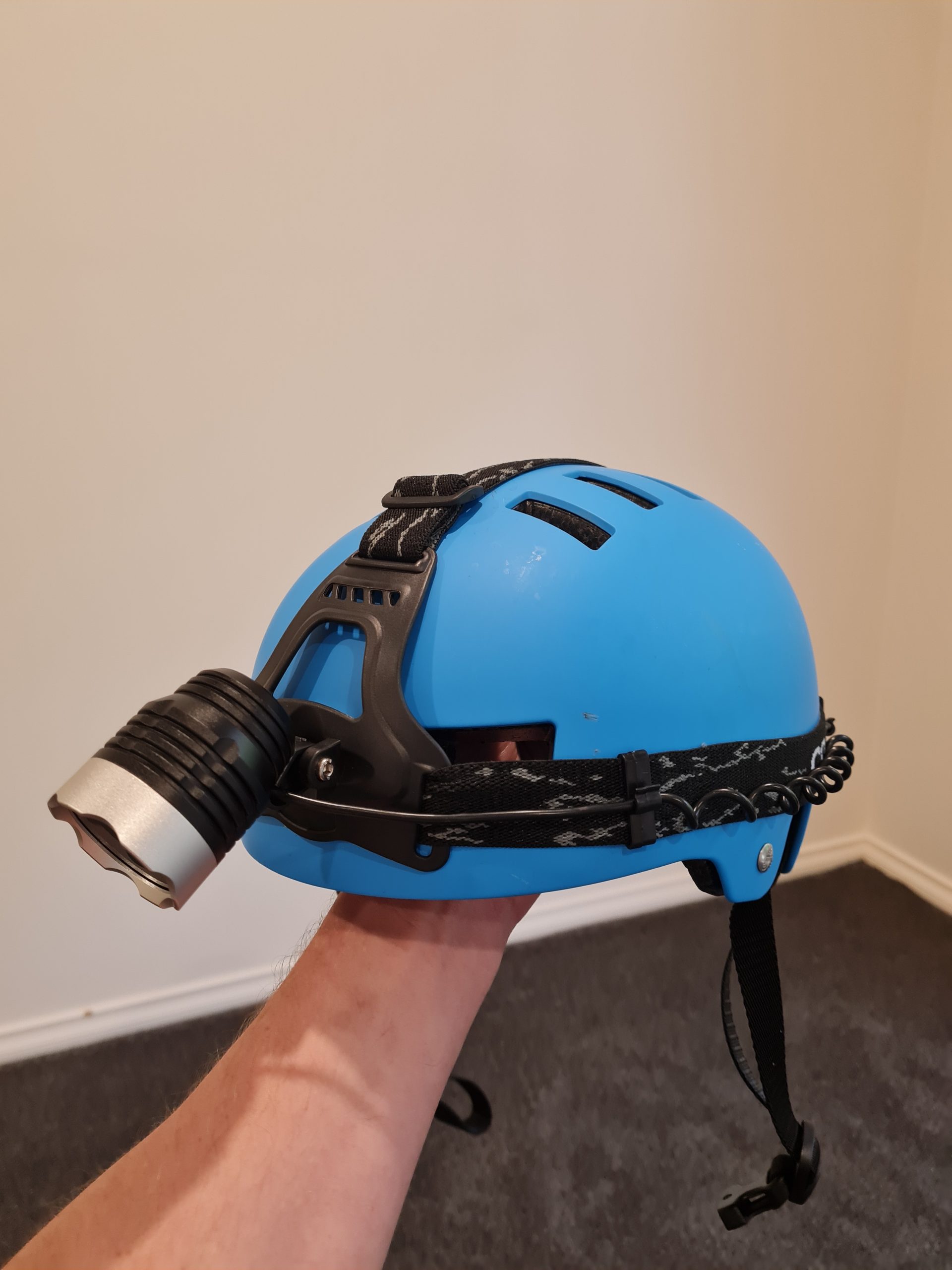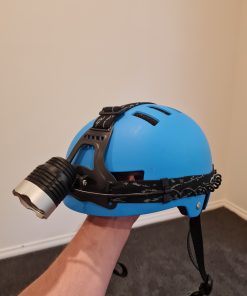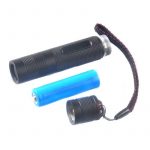Description
UV flashlight
This 5w 365nM UV flashlight is powered by 1 x 18650 Rechargeable battery included with USB lead for charging.
The flashlight can be charged directly from the USB lead – no need to take the battery out.
• Need a 3w 365 nM UV flashlight then click here
• Need a 3w 395 nM UV flashlight then click here
• Need a 15w 365 nM UV flashlight then click here
UV flashlight FEATURES
- Wavelength – 365nM
- LED used – Korean Viosys 5w 365nM
- Distance – will excite/fluoresce up to 30m
- Material – Aluminium Alloy
- Size – 12cm x 2.4cm
- Battery – 1 x Rechargeable 18650 Included
- USB Charger – Yes (incorporated into the flashlight)
- Warranty – 12 months
Dog and Cat pee/urine detection at this 365nm wavelength. Dry urine will show easily on dark surfaces, fresh urine has a bluish look.
If you want maximum effect from “black light” reactive items, 365nm is the proper wavelength for this.
365nm UV flashlights will activate faint traces in fluorescent objects (without the visible purple seen in a 395nm UV flashlight).
Therefore 365nm is more suited to close-up work and faint detection.
365nm wavelength LED produces a near pure UV output which is the optimum frequency for UV fluorescence.
You will see far more detail and in a greater range of colours in gemstones than any other wavelength.
365nM UV generate less unwanted “Interference Light” and they may naturally appear weaker or more white compared to the visible purple 395nM version.
This can be misleading and should not be misinterpreted.
General rule of thumb is that the more visible UV light you see the less effective it will be for detailed, faint detection work.
This is how UV (Blacklight) wavelengths usually work:
- 230~400 nm: Optical sensors, various instrumentation
- 240~280 nm: Disinfection, decontamination of surfaces and water (DNA absorption has a peak at 260 nm)
- 200~400 nm: Forensic analysis, drug detection
- 270~360 nm: Protein analysis, DNA sequencing, drug discovery
- 280~400 nm: Medical imaging of cells
- 300~320 nm: Light therapy in medicine
- 300~365 nm: Curing of polymers and printer inks
- 300~400 nm: Solid-state lighting
- 350~370 nm: Bug zappers (flies are most attracted to light at 365 nm).
Uses for the 365nM wavelength UV flashlight:
- urine detection
- faint traces of fungus
- mould detection
- leak detection in refrigerants
- gemstone excitation
- portable EPROM eraser
- detecting head lice eggs
- forensics, criminology
- water pollution detection
- security inks
- archaeology
- chemical probe testing, chemistry
- biology
- money checking, credit card checking
- food checking
- medical applications
- Antique glass (uranium glass, vasceline glass)
- Forged document detection
- A/C coolant leak detection (using dye)
- Carpet inspection
- Bathroom inspection
- Arson Investigation
- Semen
- Hotel room inspection
- Mineral Hunting (diamonds, etc.)
- Salmonella and Shigella bacteria detection
- Contaminate inspection (clean environment)
- Drivers licence UV markings
- Dye penetrant inspection (NDI/NDT)
- Magnetic surface analysis
ATTENTION – CAUTION
Eye damage is guaranteed from careless use. These LEDs are manufactured to be almost invisible to the naked eye.
It is made for a specific purpose and should not be used by children or people unauthorised by you, the tradesman.
Invisible UV is particularly dangerous to the human eye because it cannot detect that damage is being done.

